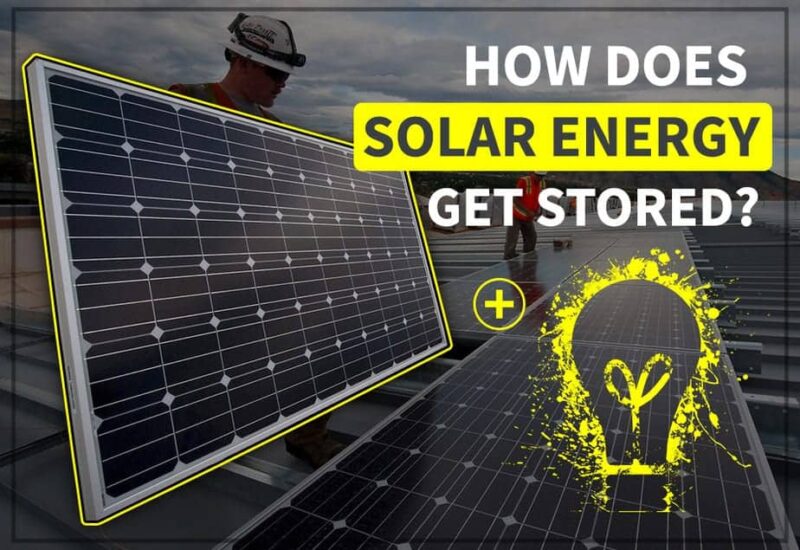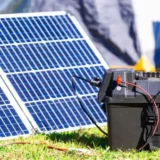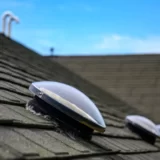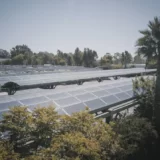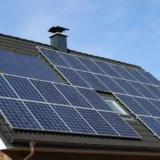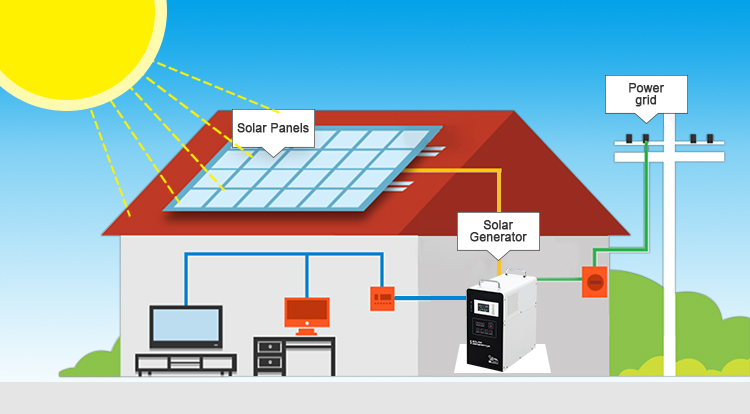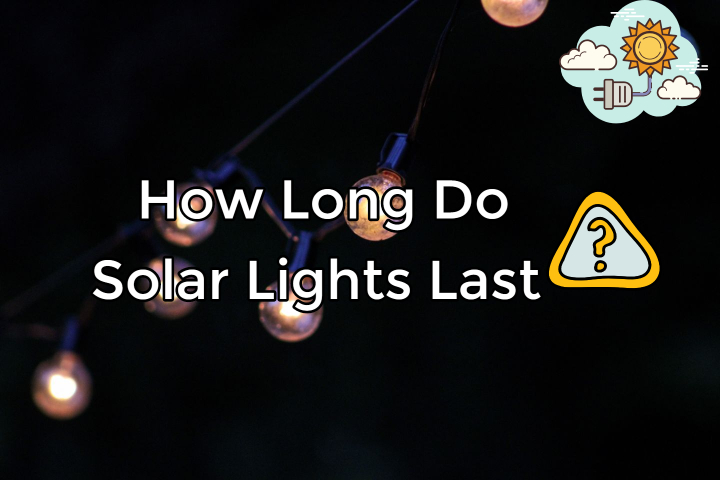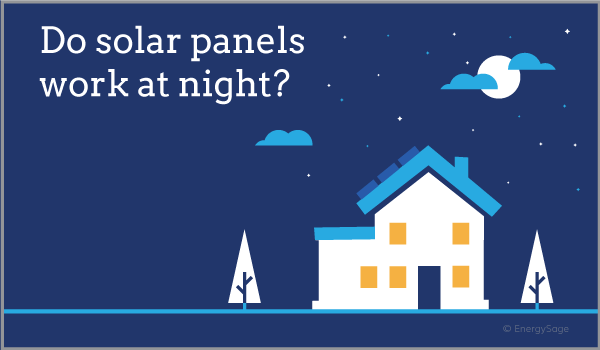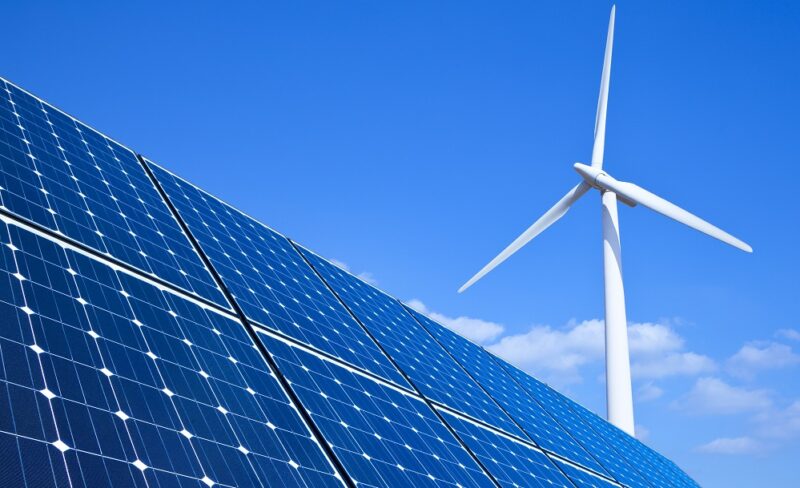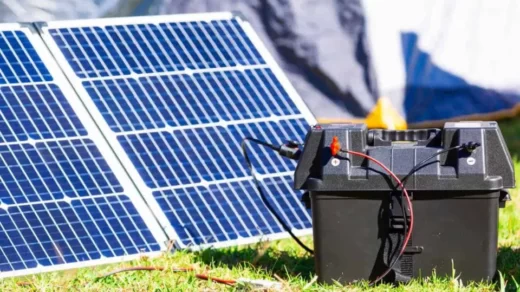You must have heard that solar energy is a more sustainable and environmentally friendly alternative to traditional energy sources. You may have also heard the term “renewable energy” in the media and on TV. So is solar energy renewable? If you’re interested in the environmental benefits of solar energy, or if you’re considering installing solar panels in your home, it’s important to understand the difference between solar energy and non-renewable energy. Here, we tell you the truth.
Table of Contents
What Is Renewable Energy?

Renewable energy refers to the energy that is inexhaustible and inexhaustible. This means they never run out, no matter how much is used. It is generated by natural energy processes such as sunlight, wind, water, and geothermal heating and is constantly replenished. On the other hand, non-renewable energy sources such as nuclear energy and fossil fuels are limited. They are man-made and the resources used will eventually run out. Our known reserves of oil are expected to be exhausted by 2052, natural gas by 2060, and coal by 2088. These fossil fuels can take more than a million years to form, so once they’re used up, they can’t be easily replenished.
Benefits Of Renewable Energy?
The obvious benefit of renewable energy is that we have an infinite supply, so they are more sustainable. We are using non-renewable energy sources like coal and oil faster than we can, which means it will inevitably run out in the near future. By switching to renewable energy, we become more self-sufficient and ensure that we can sustain ourselves in the future.
Renewable energy is also good for the environment. Non-renewable energy sources such as fossil fuels produce greenhouse gases that contribute to global warming. It also increases air pollution, which can lead to health problems such as asthma, bronchitis, emphysema, and even cancer. By switching to cleaner, greener energy sources, we increase the lifespan of the planet and people.
Using renewable energy is also friendlier to your wallet. The cost of renewable energy in Australia is falling rapidly, with solar panels emerging as the cheapest source of energy. Once your solar panels are installed, you no longer have to pay for electricity during the day – all the energy you generate is free.
After installing a residential solar system, an average household can save more than $2,160 per year, the equivalent of paying off one month’s mortgage! You can also use batteries to store unused electricity during the day, use it at night, and even sell excess electricity to your local energy provider. If you choose solar panels as a renewable energy source, you can also receive government financial incentives through the Small Technology Certificate Scheme (STC).
Is Solar Energy Renewable
Yes, solar energy is a renewable energy source. The sun is a free, clean, stable source of energy that has been producing energy for billions of years. Humans have been using solar energy as early as the third century, and the first solar cell technology was invented in the 19th century.
Solar energy is a perfect example of renewable energy. It’s powered by the sun’s light and heat, a resource that never runs out. It is free, sustainable, and completely inexhaustible. This energy can be converted into electricity or used for heating, air, or water. Australia has the highest average amount of solar radiation per square meter of any continent in the world – probably because we see so much sunlight!
There are two main types of solar energy. The first is solar photovoltaics, a technology that converts sunlight directly into electricity through photovoltaic cells, through solar panels, like our solar panels at Solar Natural. According to the Australian Renewable Energy Agency, more than 2 million Australian households currently have such solar systems installed on their roofs. The other is solar thermal, which converts sunlight into heat (or thermal energy). This is mainly used to generate electricity on a large scale, but can also be used to provide solar cooling or to create steam that can be used to generate electricity using steam turbines.
Read More: Who Discovered Solar Energy?
How Is Solar Energy Renewable?
Renewable energy comes from natural resources that can replenish or “renew” themselves. Wind, sunlight, and water are renewable resources that we can use to generate electricity.
Non-renewable energy comes from sources that do not replenish themselves and can only be used once. Oil is an example of a non-renewable resource because its quantity is limited and once the oil supply disappears, it cannot be created again naturally.
Solar energy is also green energy. Renewable energy and green energy are often used interchangeably, but they actually mean slightly different things. Renewable energy can renew itself, and green energy has little impact on the world’s carbon footprint. Every type of green energy is renewable, but some types of renewable energy are not green. Solar energy is renewable because the sun always produces electricity, and it is also green because solar energy does not emit greenhouse gases such as carbon dioxide.
Bottom Line
Solar energy is a renewable resource and green energy because the sun naturally produces energy and solar energy does not emit carbon dioxide. If you’re interested in learning more about solar energy, read our post on is solar energy kinetic or potential?



